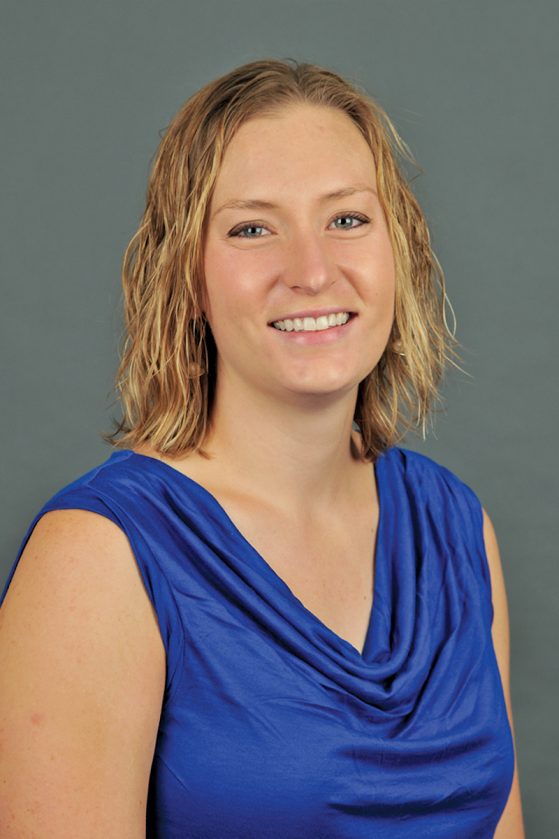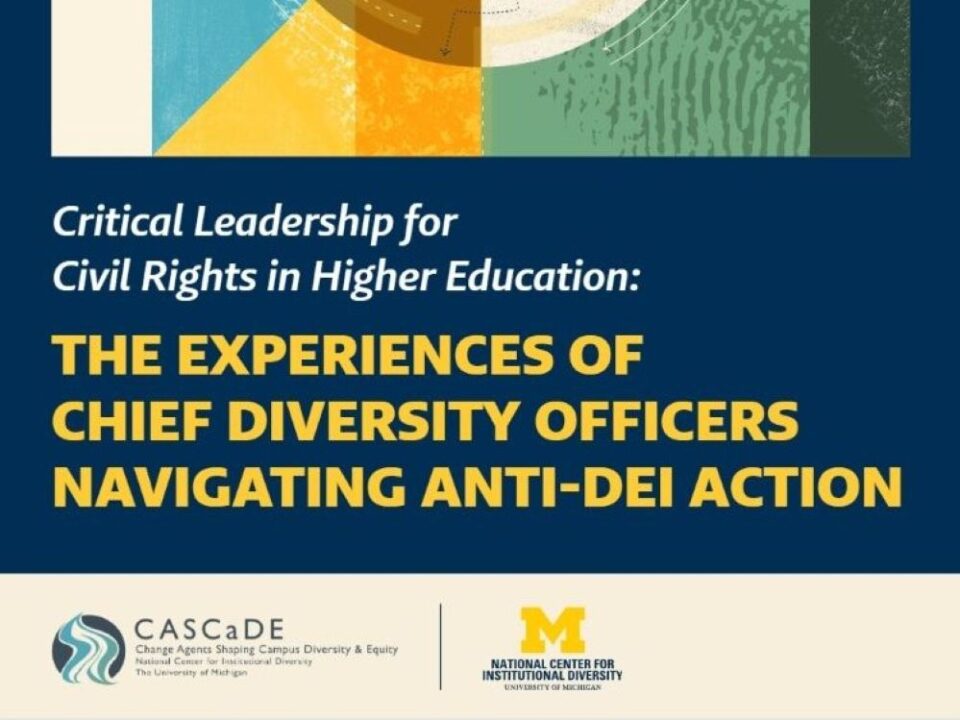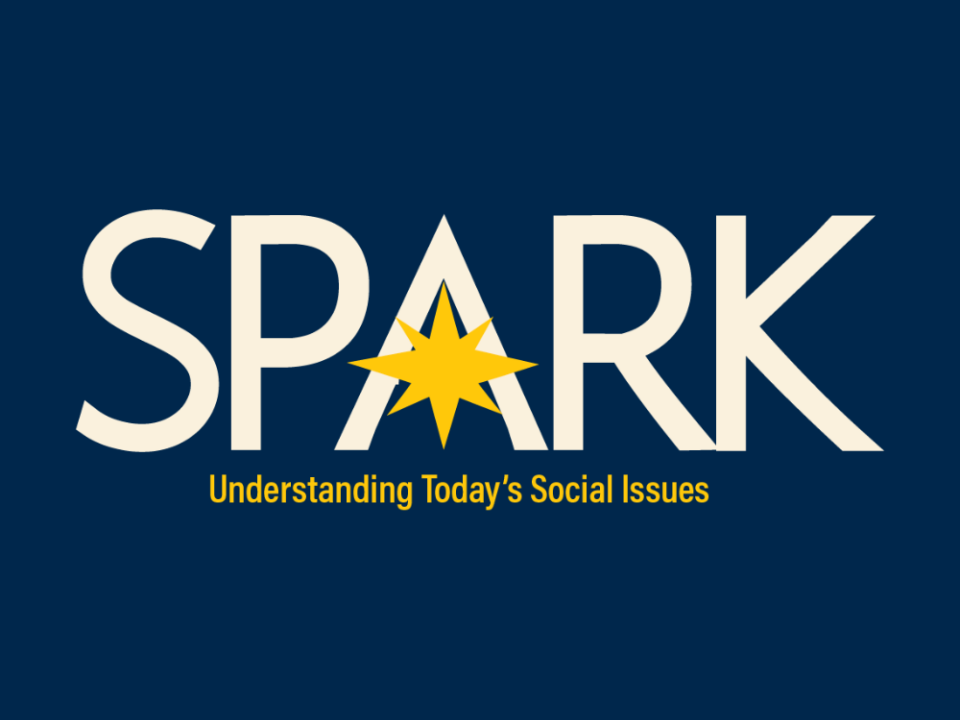- About
- News
- Events
- Initiatives
- Anti-Racism Collaborative
- Change Agents Shaping Campus Diversity and Equity (CASCaDE)
- Diversity Scholars Network
- Inclusive History Project
- James S. Jackson Distinguished Career Award for Diversity Scholarship
- LSA Collegiate Fellowship Program
- University Diversity & Social Transformation Professorship
- Publications & Resources
- About
- News
- Events
- Initiatives
- Anti-Racism Collaborative
- Change Agents Shaping Campus Diversity and Equity (CASCaDE)
- Diversity Scholars Network
- Inclusive History Project
- James S. Jackson Distinguished Career Award for Diversity Scholarship
- LSA Collegiate Fellowship Program
- University Diversity & Social Transformation Professorship
- Publications & Resources

NCID Postdoctoral Fellowship Program Mentioned in Inside Higher Ed
July 28, 2017
James S. Jackson named inaugural recipient of Distinguished Diversity Scholar Career Award
September 28, 2017Scholar Story: Megan Grunert Kowalske
by Charlotte Ezzo
"I think as faculty, we often simplify [graduate students] to just this person who’s working in a lab and doing research, when they have so much else that’s going on."
Have you ever asked yourself the questions, What does it mean to be a [insert role in your professional field here]? What are they like? Chances are, if you’ve gone through graduate school and gotten a job in your field, you’ve identified as a member of your field. How did you do that?
Dr. Megan Grunert Kowalske, associate professor of chemistry at Western Michigan University, is examining just that. She is currently part of a team of researchers on a project that examines how underrepresented minority (URM) STEM graduate students manage the process of identity integration through a community of practice approach. By understanding this process, Dr. Kowalske’s team aims to develop specific ways that predominately white institutions (PWIs) can better support URM students in STEM. We talked with Dr. Kowalske in May 2016, and this month, we interviewed her about the details of this project.
The conversation has been edited for length and clarity.

Q: You use two major theories in your study, social identity theory and community of practice, can you talk more about these concepts?
A: To give an example, I am one of two women in my chemistry department. So when I come in, I see primarily white men, and they don’t have a lot of identities in common with me, so it’s often a challenge to feel that you fit in. Community of Practice is a theory that talks about how you go from being a student or an apprentice to being a scholar or an expert, you learn by being immersed and seeing the norms and the culture around you. So we’re using those concepts in our study because as a student would enter graduate school, they may not really understand the intricacies of how chemists act or function, but as they spend five years in a graduate program, they pick up on all of those things. So the challenge often is that [the idea of] what chemists are like doesn’t really resonate for students that are coming from minority populations. And so our underlying premise is to try to understand how students go through an identity negotiation process for themselves.
Q: What is identity integration?
A: Identity integration is an individual process. We’re hoping to identify how students manage that negotiation successfully. We’re also looking at a critique of university or academic systems. Is there anything that schools are doing well to help support this integration of identities, or are there things that are causing more trouble when students are trying to integrate their identities? Is there something from an institutional standpoint that we could do better?
Q: What are some ways that PWIs can support underrepresented minorities (URM) STEM graduate student identity integration?
A: One of the programs that has been repeatedly talked about as something that minority students have really appreciated is [a summer bridge program at a Michigan university]. Through this program model, students come to campus several weeks before they actually start and there is specific programming for them. It was a huge community-builder for students. Instead of just meeting students in their own program, they were able to make connections across campus. Over and over, students have talked about the friendships that they’ve maintained, how much it helped them adjust to being in graduate school, and feeling that they had a community of people.
Q: What are some key takeaways that you would like readers to know?
A: Graduate students are complex. I think as faculty, we often simplify them to just this person who’s working in a lab and doing research, when they have so much else that’s going on.The stories that I’ve heard from participants about family members, being sick, living thousands of miles away from a significant other in order to pursue their studies.… those are pieces of their identity that they often aren’t shared with their advisors. And if we can be understanding and supportive of those other obligations, I think that would really help their success.
Another takeaway is that most underrepresented minority students are coming to graduate school as the first one from their family to attend college. So they don’t have the social capital that other students might have. They don’t know how to navigate the system, and that can lead to them to feel a little bit behind and it can be intimidating to ask questions. So being more explicit and providing more information helps everyone.
Q: How do you think your personal background may have shaped your research interest?
A: I remember when I first started grad school, it was really interesting to me that I had a younger cousin who hated math. My aunt was always saying, “But look at your cousin Megan, she’s really good at math. I don’t understand why you’re not good at math.” So I started getting into literature about girls and math, because there’s a lot of it that says in middle school, girls start losing interest in science and math. That eventually led me to looking at more complex issues of not only expectation of success, but what values do [girls] have and do they line up with careers in science, specifically academia. So once I started getting into this piece about my own identity and is it valued by this academic community, it seemed like a natural fit to expand that to not just women, but any other underrepresented groups that would be studying in STEM to understand their experiences. There’s so much [messaging] that’s implicit. Even if somebody hadn’t said, “I expect you to lose interest in math,” even if your teachers [just] think that, they treat you differently. If they expect that girls are going to lose interest in math, they’re not going spend extra time trying to help them or encourage them, and that same thing extends to graduate school.
Q: Why do you think diversity research and scholarship are important?
A: I think foundationally for me, it’s about social justice. There’s so much that we can’t control, and if I can do a little bit through my research to make sure that students who might not have had the opportunity to get a PhD in STEM but want to do have that opportunity, then that’s what I want to do.




